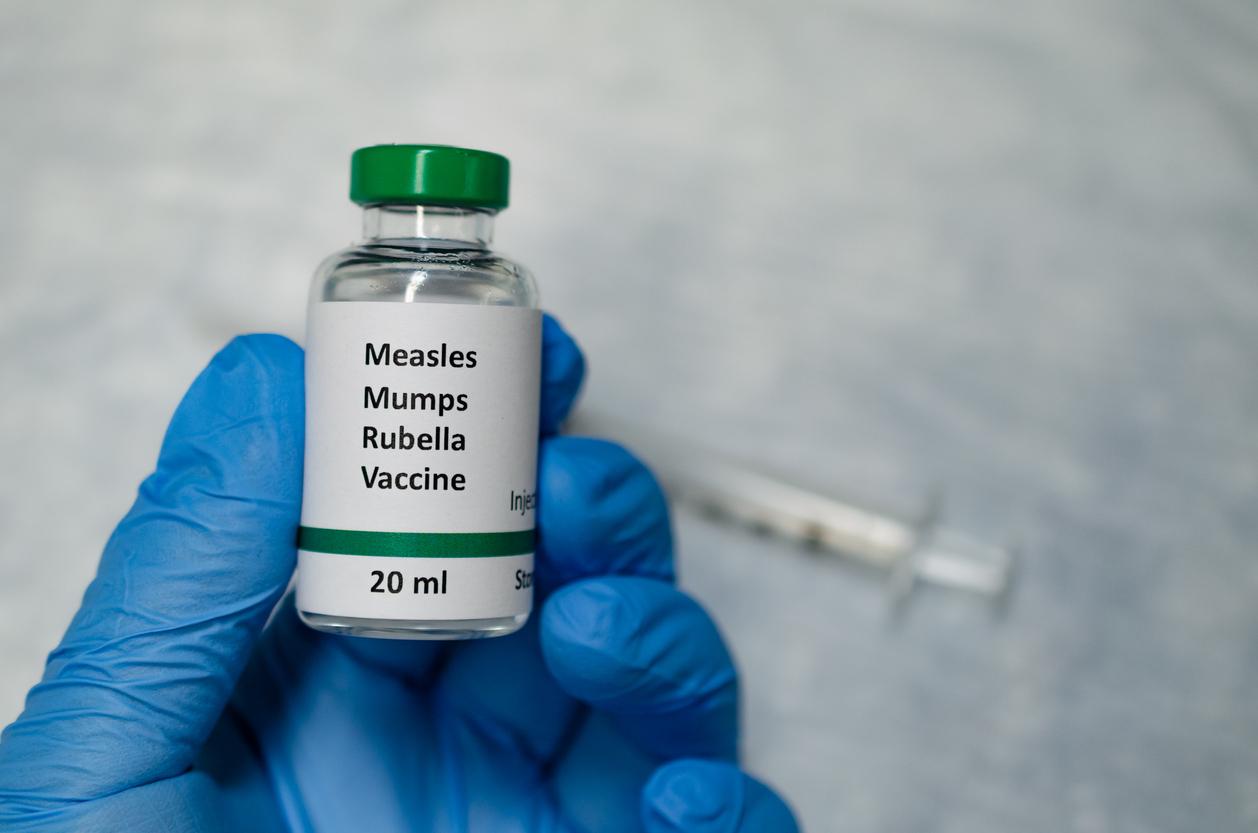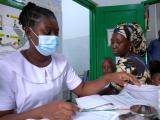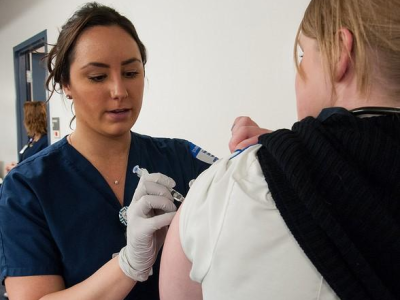A new study of country-level childhood vaccination data for 204 countries and territories worldwide finds that, while overall vaccine coverage doubled against diphtheria, tetanus, pertussis (whooping cough), measles, polio, and tuberculosis from 1980 to 2023, measles vaccination declined in 100 of 204 countries from 2010 to 2019.
Furthermore, the study, published yesterday in The Lancet, reveals that the COVID-19 pandemic exacerbated challenges to childhood vaccination coverage, especially in certain regions. Global rates for several vaccines declined sharply in 2020, and had not returned to pre-COVID-19 pandemic levels as of 2023.
"Substantial increases in coverage are necessary in many countries and territories, with those in sub-Saharan Africa and south Asia facing the greatest challenges," the authors wrote.
The uneven progress is bad news for the World Health Organization's Expanded Programme on Immunization (EPI), which began in 1974. For 50 years, EPI has vaccinated more than 4 billion children, preventing the deaths of an estimated 154 million children worldwide, with a focus on diphtheria, tetanus, and pertussis (first dose [DTP1] and third dose [DTP3]), measles (MCV1), polio (Pol3), and tuberculosis (BCG).
Despite the monumental efforts of the past 50 years, progress has been far from universal. Large numbers of children remain under- and un-vaccinated.
"Despite the monumental efforts of the past 50 years, progress has been far from universal. Large numbers of children remain under- and un-vaccinated," said senior study author Jonathan Mosser, MD, MPH, from the Institute for Health Metrics and Evaluation (IHME), University of Washington, in a press release from The Lancet.
Declines in coverage in high-income countries
Twenty-one of 36 high-income countries experienced declines in coverage for at least one vaccine dose against diphtheria, tetanus, pertussis, measles, polio, or tuberculosis. Notably, there was a 12% decline in first-dose measles vaccination in Argentina, and 8% and 6% declines in DTP3 vaccination in Finland and Austria, respectively.
In Latin American and Caribbean countries, almost 1 million fewer children were being vaccinated against measles in 2019 than in 2010.
The number of zero-dose children — children younger than 1 year who do not receive DTP1, decreased by 74.9% (95% uncertainty interval, 72.1 to 77.3) globally from 1980 to 2019, but most of the declines were reached during the 1980s and the early 2000s. After 2019, counts of zero-dose children rose to a COVID 19-era peak of 18.6 million in 2021, the authors said.
Challenges include decline in global aid
"The challenge now is how to improve vaccine delivery and uptake in areas of low coverage,” said lead author Emily Haeuser, PhD from IHME. "The diversity of challenges and barriers to immunisation vary widely between countries and within communities, with rising numbers of displaced people and growing disparities due to armed conflict, political volatility, economic uncertainty, climate crises, and vaccine misinformation and hesitancy, underscoring the need for new, tailored solutions."
In a commentary on the study, Hai Fang, PhD, of Peking University, said the findings provide a crucial snapshot of global vaccine coverage in the immediate post-pandemic world.
"Recent declines in coverage coupled with the persistently large number of zero-dose children remain urgent concerns," he wrote. "In light of the potential decline in international aid from high-income countries, there is an even greater need to strengthen routine childhood vaccination coverage at all levels."
In fact, today US Health and Human Services Secretary Robert F. Kennedy Jr. threatened to pull US aid to Gavi, the Vaccine Alliance, alleging safety concerns (see CIDRAP News story).





















